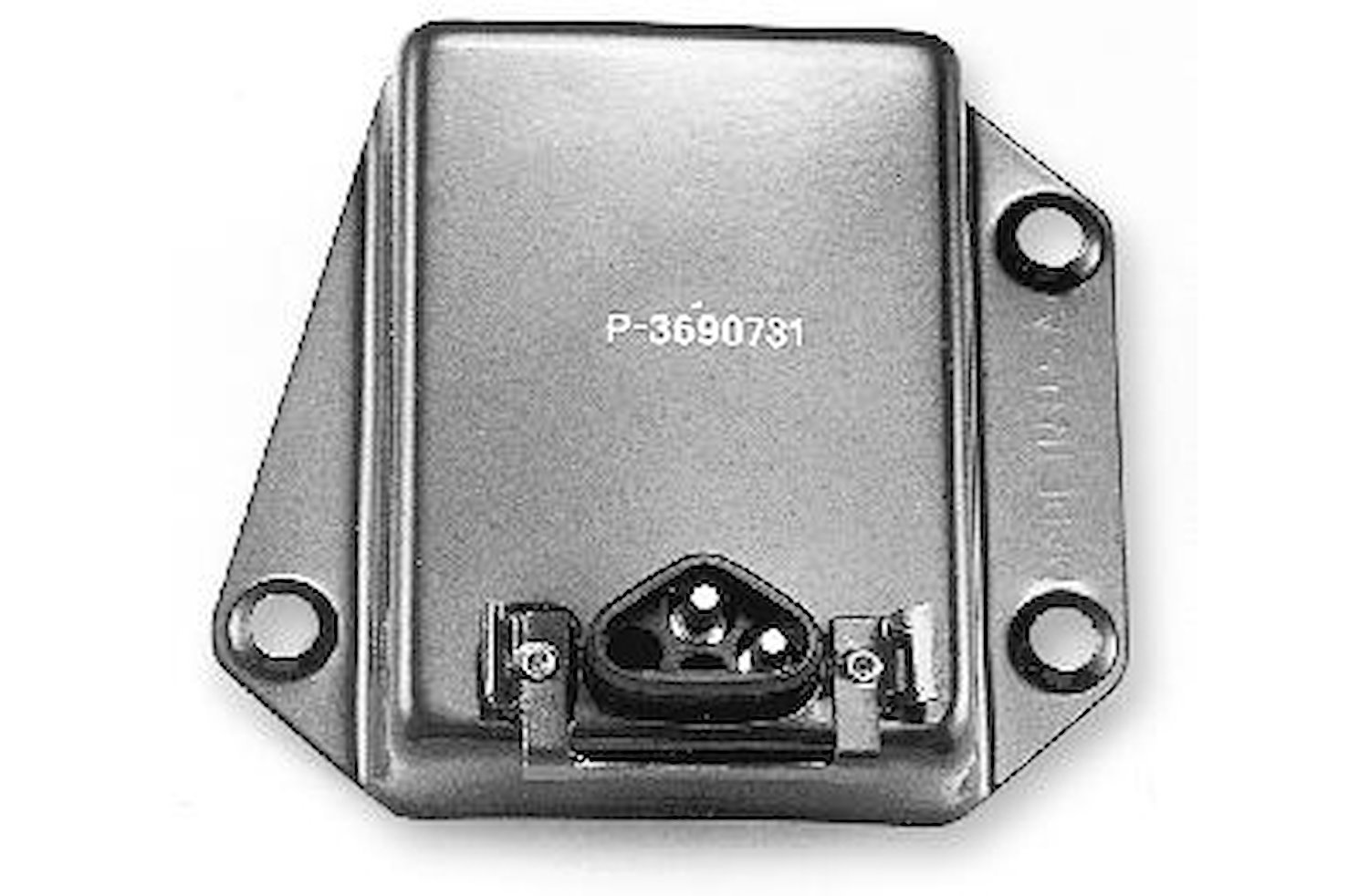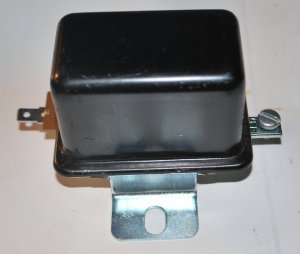iw378
Well-Known Member
My new to me 69 barracuda has charging gremlins. I have been reading a ton on here about diagnosing it. Especially 73ABodEE's post from awhile back. Today I plan on doing the splice and reroute and ammeter delete like on madelectrics site. I looked at my firewall connectors last night and they looked bad. Anyways the symptoms I have now are at an idle I'm getting 13 volts at the battery. If I increase the rpm's the it creeps up slowly to about 14.8 or 14.9.
The car has an old school electronic ignition on it and an aftermarket alt. brand new interstate battery. I had the alternator checked and even swapped it out and tried another. I hear you guys talk about a blue field wire and a green field wire. My alt has a green and a red. The red wire was obviously installed at some point along the cars life, and it goes directly to ground on the head.

Is this correct ?
As far as getting the fusuble links go on the mad reroute, do they have to be fusible links or just the right size wire ??
Thanks
Luke
The car has an old school electronic ignition on it and an aftermarket alt. brand new interstate battery. I had the alternator checked and even swapped it out and tried another. I hear you guys talk about a blue field wire and a green field wire. My alt has a green and a red. The red wire was obviously installed at some point along the cars life, and it goes directly to ground on the head.

Is this correct ?
As far as getting the fusuble links go on the mad reroute, do they have to be fusible links or just the right size wire ??
Thanks
Luke





















